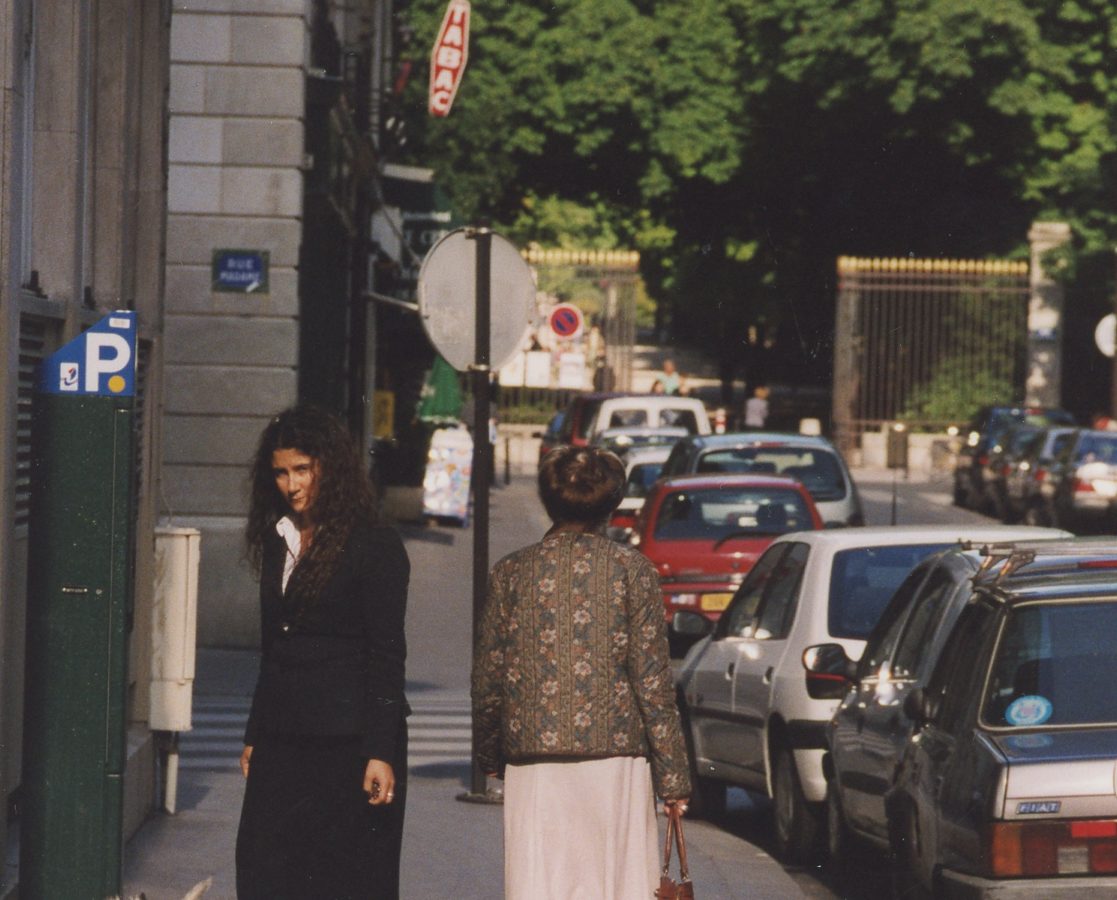When I first moved to Paris in 1994, I was amazed at what I perceived was the parking deftness of the Parisian driver.
Parking in many areas on the surface is overcrowded with vehicles often resting almost bumper to bumper…literally…touching and/or with a couple inches leeway at best. So are the Parisians the most amazing parallel parkers ever?!
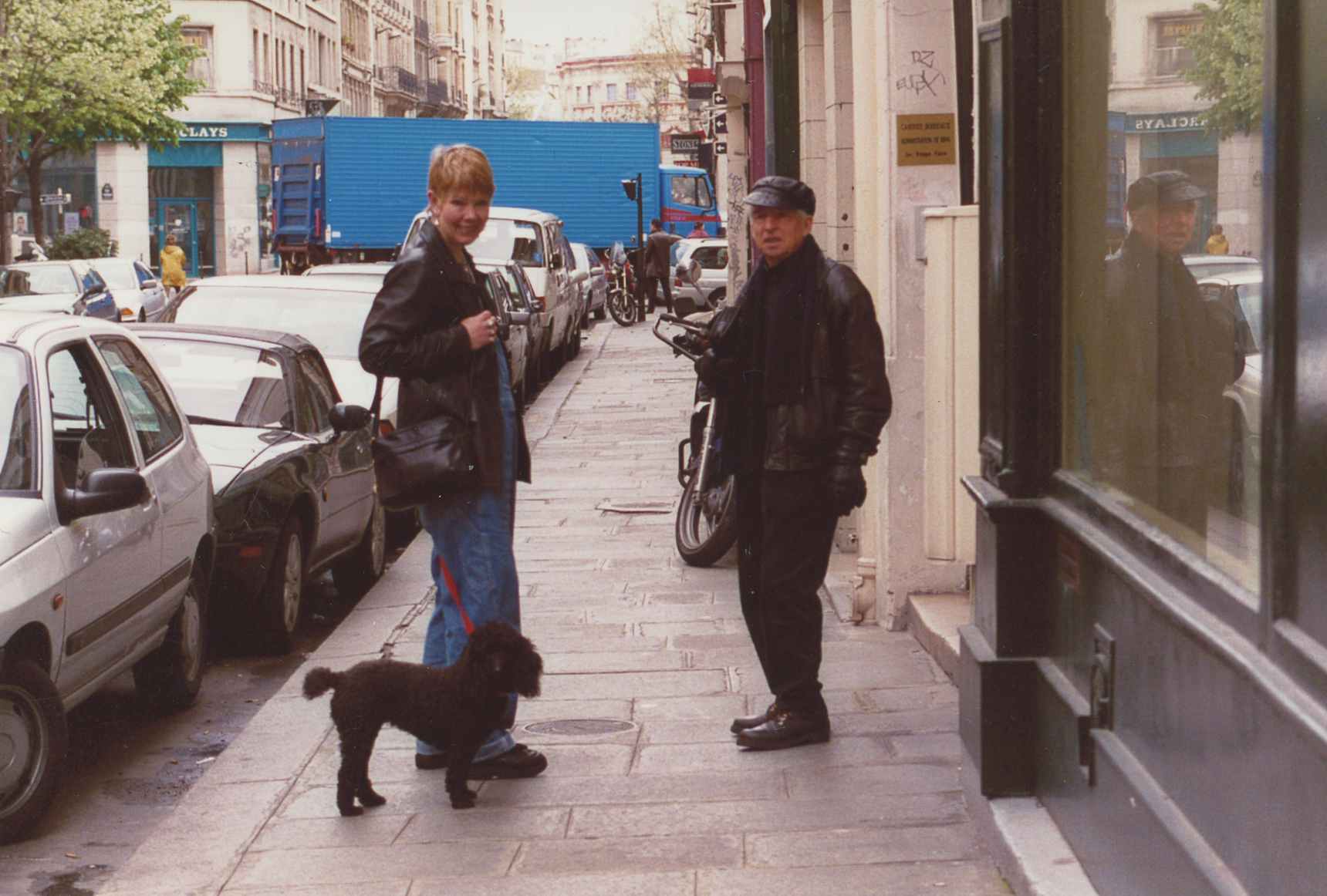
Sort of, yes. With their usually smaller cars than in the US, they are capable of zipping right in and out without the maneuvering and anxiety I experienced getting my first driver’s license in my mom’s station wagon. But only inches to spare if that? I started to wonder if there was an enterprising fellow with a forklift wandering around and people just paid him to slip their cars in directly.
Then I witnessed their secret. Bumpers cars! Back in; hit the car behind to move it a bit; whack; turn the wheel; pull forward; hit the car in front; whack; repeat if necessary; whack, whack, whack! The bumpers are usually rubber, or some such durable material, so there never seems to be any damage. Et voila. The car is nestled neatly into a space smaller than normal parking methods would allow.
As space saving as this technique is, there is still a dearth of easy parking. That’s not to say that Paris lacks parking garages, but the majority, especially in the heart of Paris, are underground. In addition, one benefit of some apartment buildings in Paris will be the included underground parking or parking available in the courtyard.
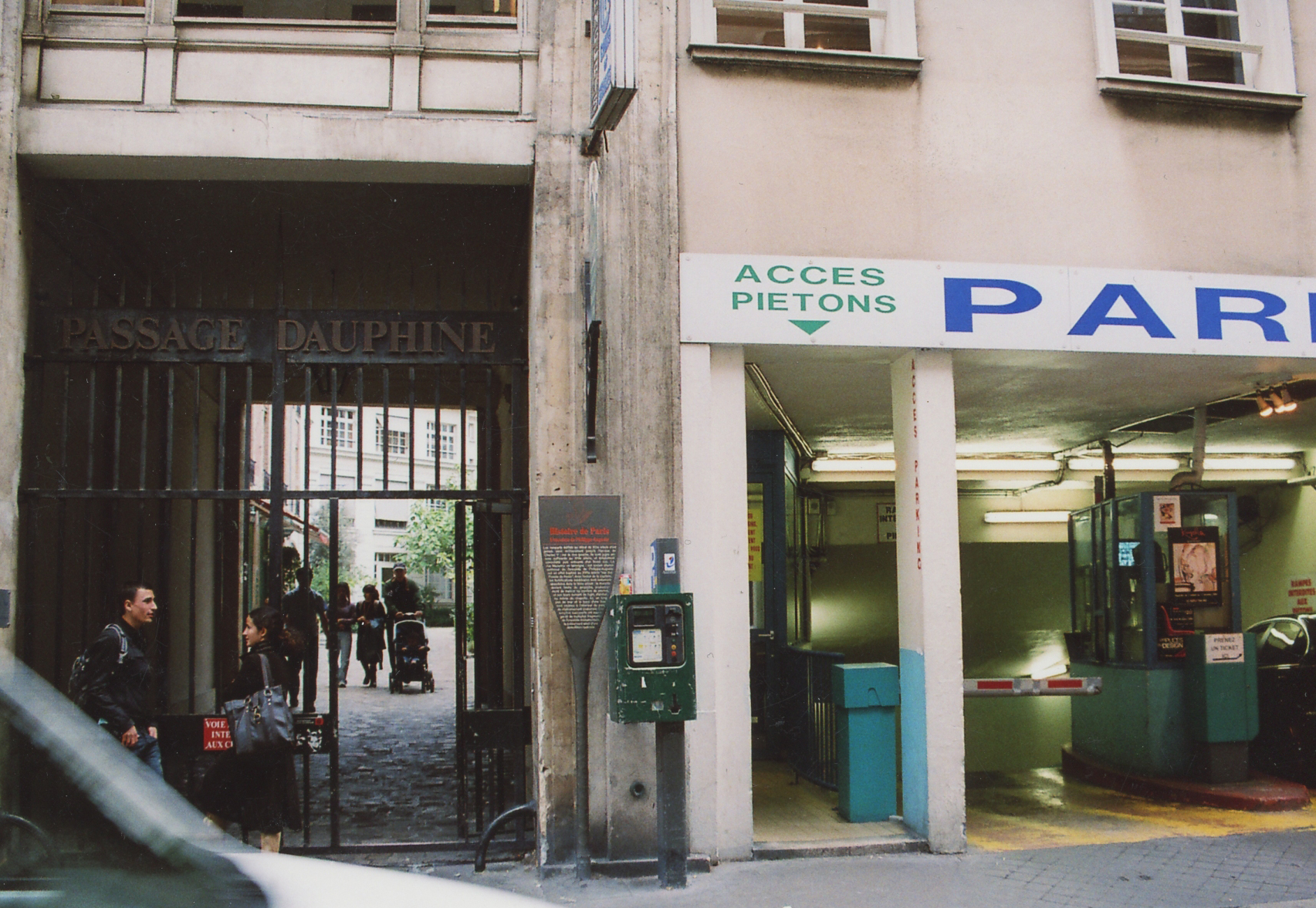
Photo © Ann James Massey
Most of the buildings in Paris have courtyards (often two) and/or gardens. The grander old residences will have huge doors leading through an entrance into the first courtyard which allowed carriages to enter to leave off their passengers. Some courtyards even housed the stables. Flanking the doors’ entrances are matching constructs of various stone or iron shapes for the sole purpose of keeping the wheels of the carriages from hitting the sides of the entrance. Today, they are still useful in keeping the trucks from hitting the sides of the building.
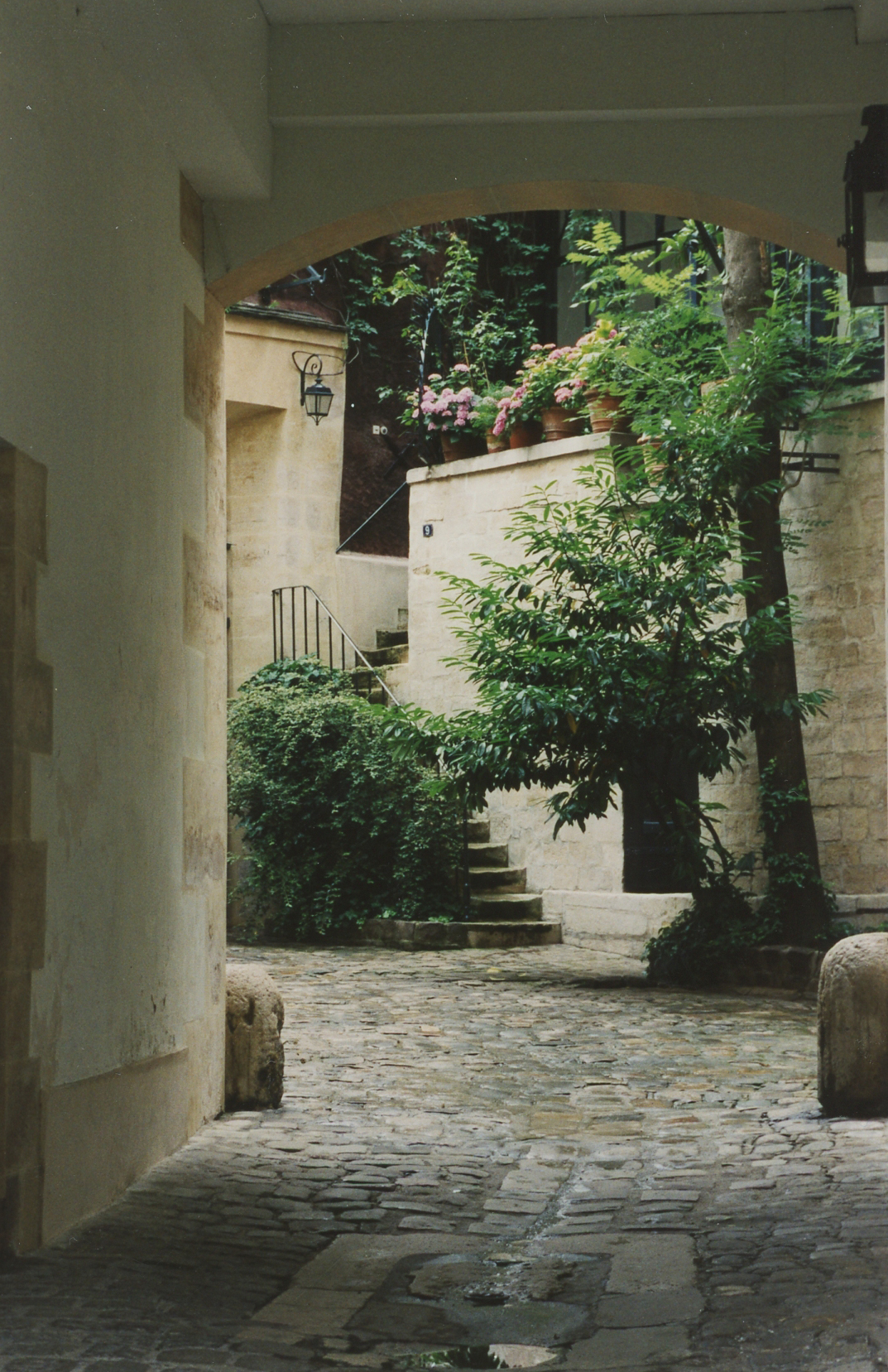
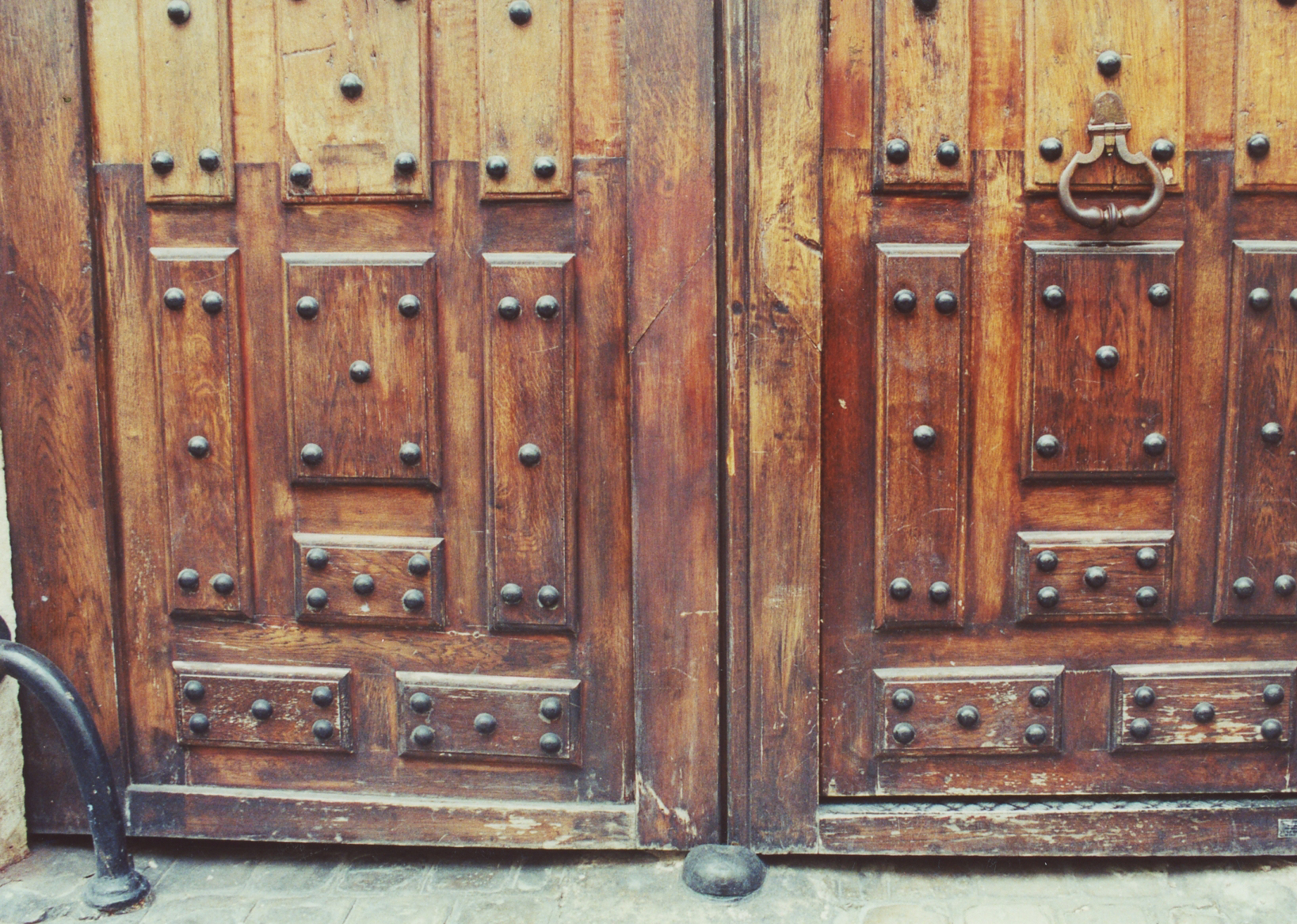
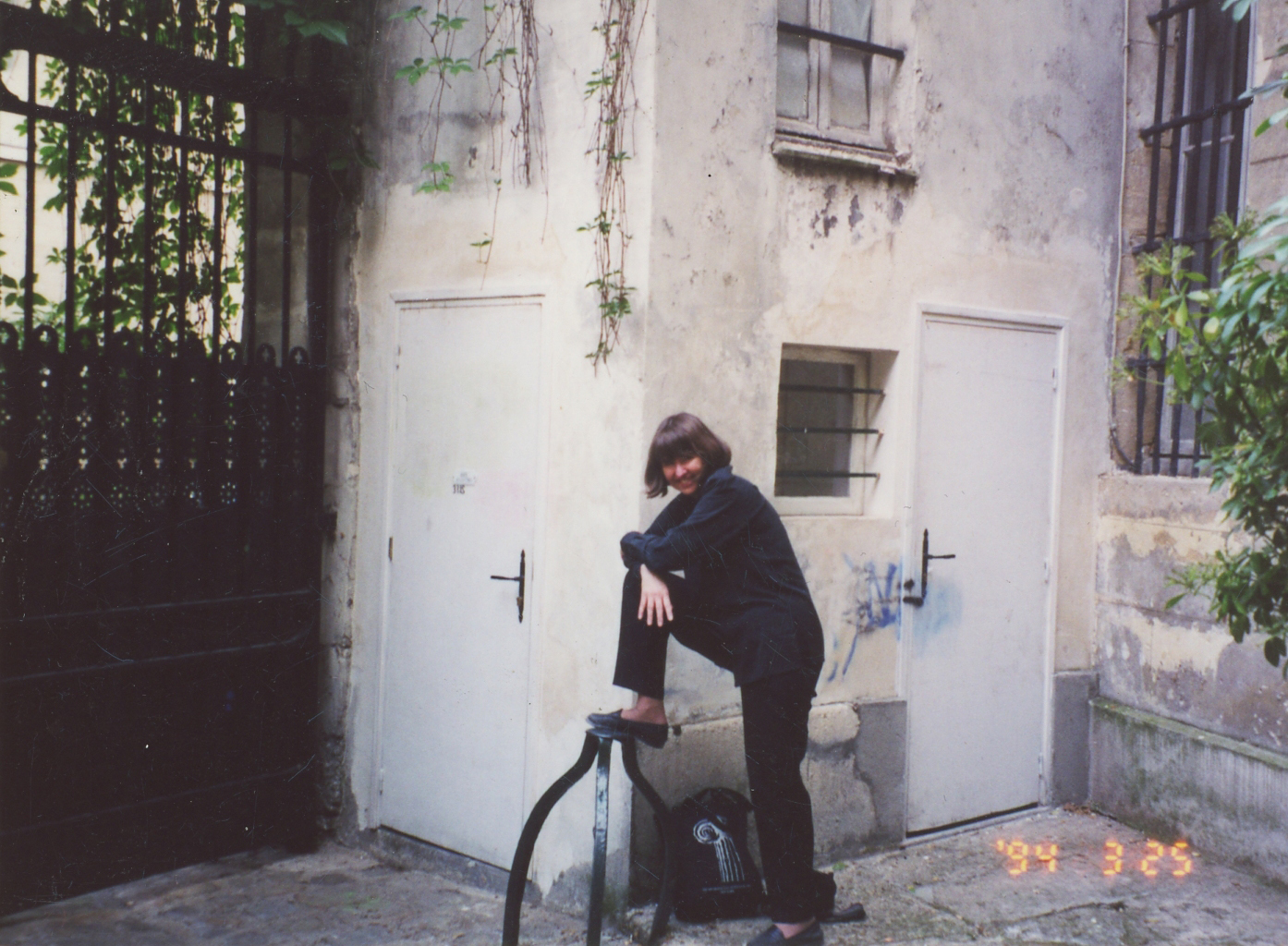
Bollards and iron railings along the sidewalks are not left over from the days of the horse and buggy to tie up your team. They, as well as low stone ones, are placed strategically to keep cars off the sidewalks or from invading open spaces. Of course, there are fines, but that does not stop the French from parking wherever they can and will do so. Double-parking is a significant issue on the narrower streets of Paris, blocking the myriad of buses and trucks dealing with their routes. Taxis will stop in front of their favorite café, even when there is nowhere to park, to run in for a quick caffeine fix and bathroom break.
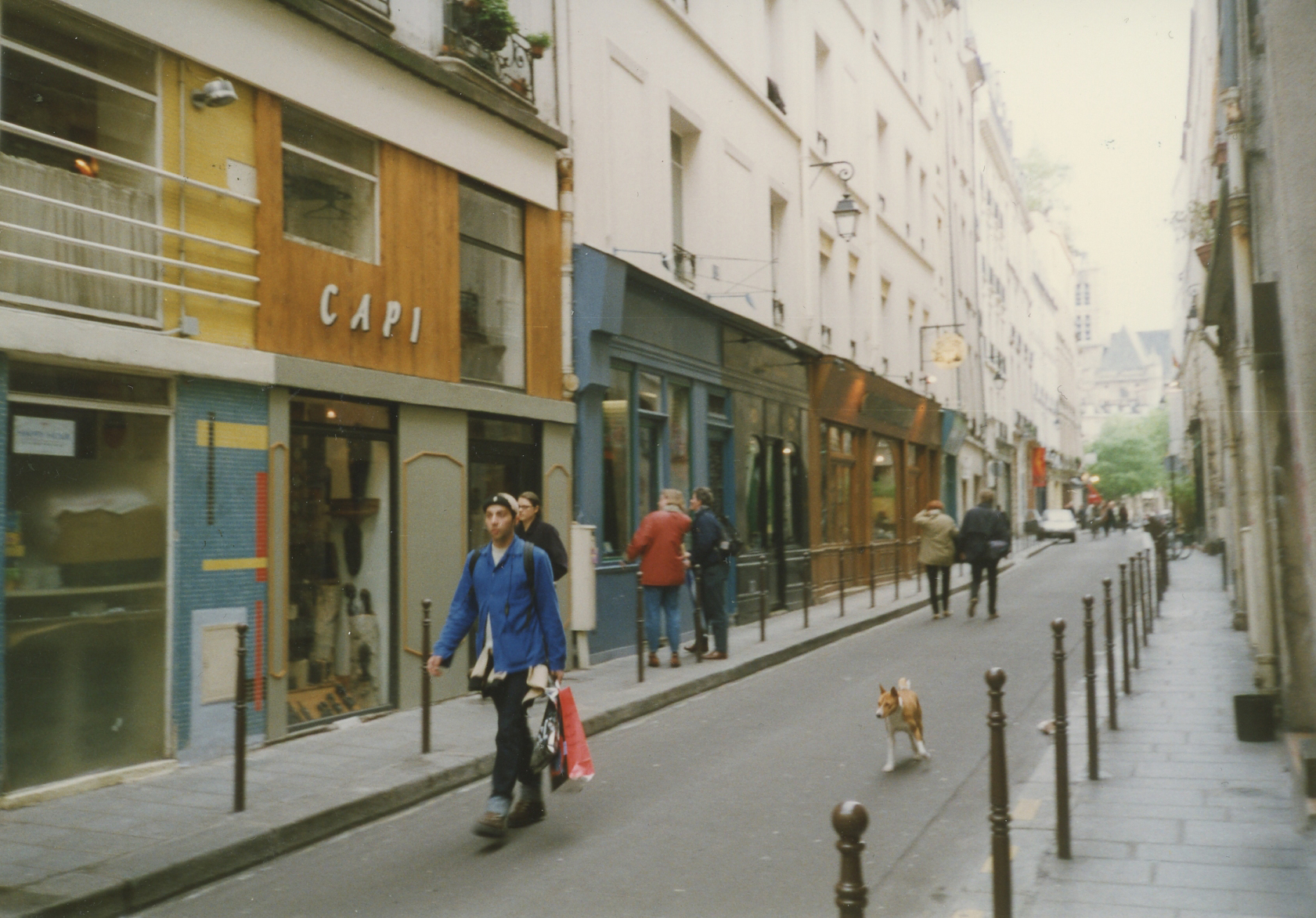
In 1995, there was a series of bombings in the metro in Paris (and beyond) by the Armed Islamic Group of Algeria. Simply put (but more complicated than that), they were unhappy with France’s support of the secular Algerian government during the Algerian Civil War (1991-2002). France was on high alert.
During the period of the attacks in Paris, I heard of an there was a car parked illegally in front of a synagogue…on a Saturday! When the police were unable to find the owner, what did they do? Just in case it was a car bomb, they blew it up in a controlled blast! A few hours later, a chap comes along carrying his shopping bags, looking for his car…only to discover that his car has not been towed away to the impound but has been torn into pieces…and it was his company car!
It is practically impossible to be fired from your job in France, but perhaps there is a clause in one’s contract that states if you get the company car blown up, you are terminated.
The moral of the story is: Do not park your car illegally in front of a synagogue on a Saturday when the city is on high alert.
Note: Paris has improved in this area since 1995, starting with former Mayor Bertrand Delanoë, but especially since Anne Hidalgo became his successor in 2014. Among her progressive and green agendas are to clean up the air of Paris, make it more pedestrian and bicycle friendly, and rid the center of the morass of cars…all of which is slowly taking place. She has wrestled back the roads along the Seine and returned them to the inhabitants and tourists, more areas are becoming pedestrian quarters, vehicles of a certain age are banned from Paris proper, and the list goes on. One essential goal is that by 2024, the 1st to the 4th arrondissiments (essentially the heart of Paris) will be pedestrian only, with exceptions for residents, public transport, etc. While I may not agree 100% with her (some designs are not what I would have chosen), I love our mayor and her vision! But not every Parisian does.
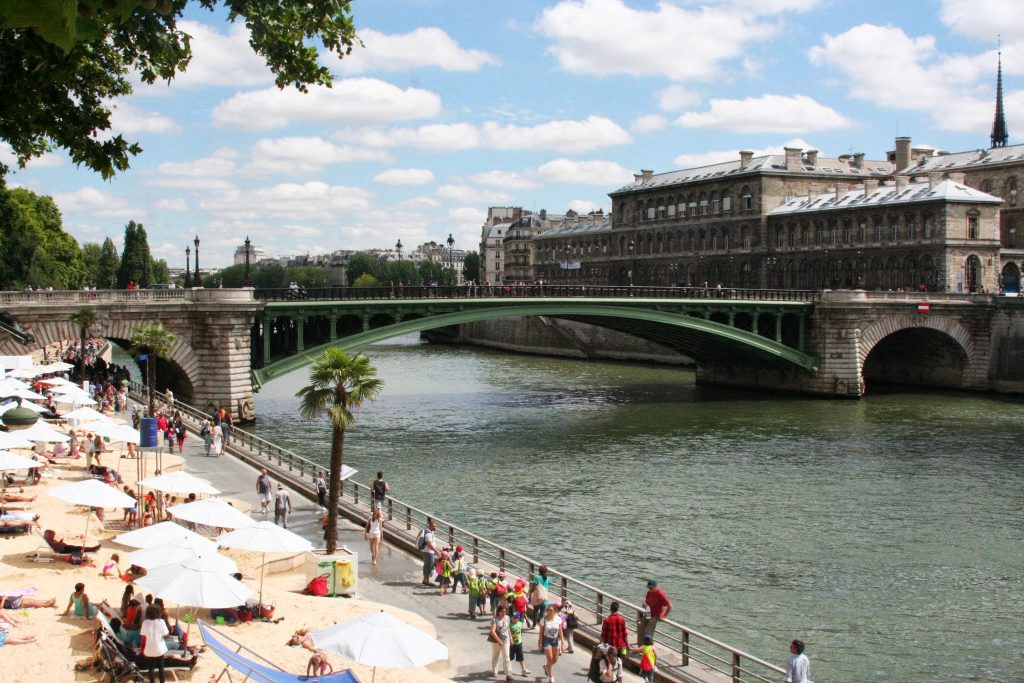
Photo ©2013 Lito Bujanda-Moore
© 2022 Ann James Massey, SWA, CPSA, UKCPS, AAPL
Support the Artist
If you enjoy Ann’s artwork, articles, or anecdotes and would like to support her with a donation, please feel free to do so here.

